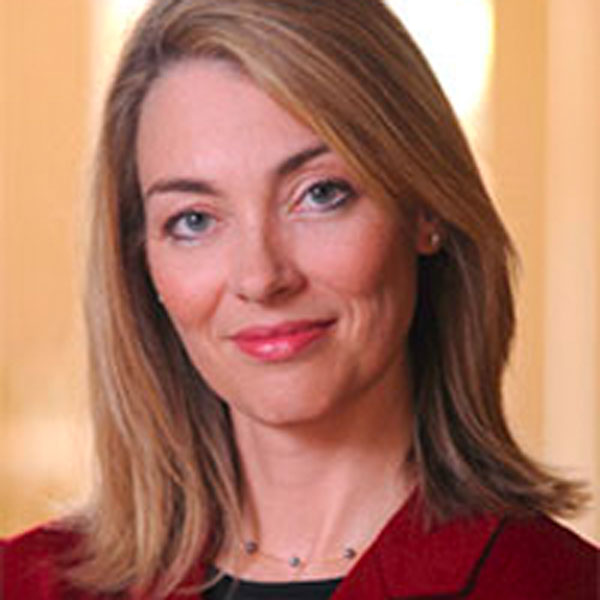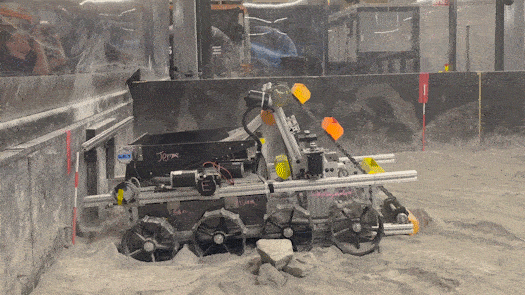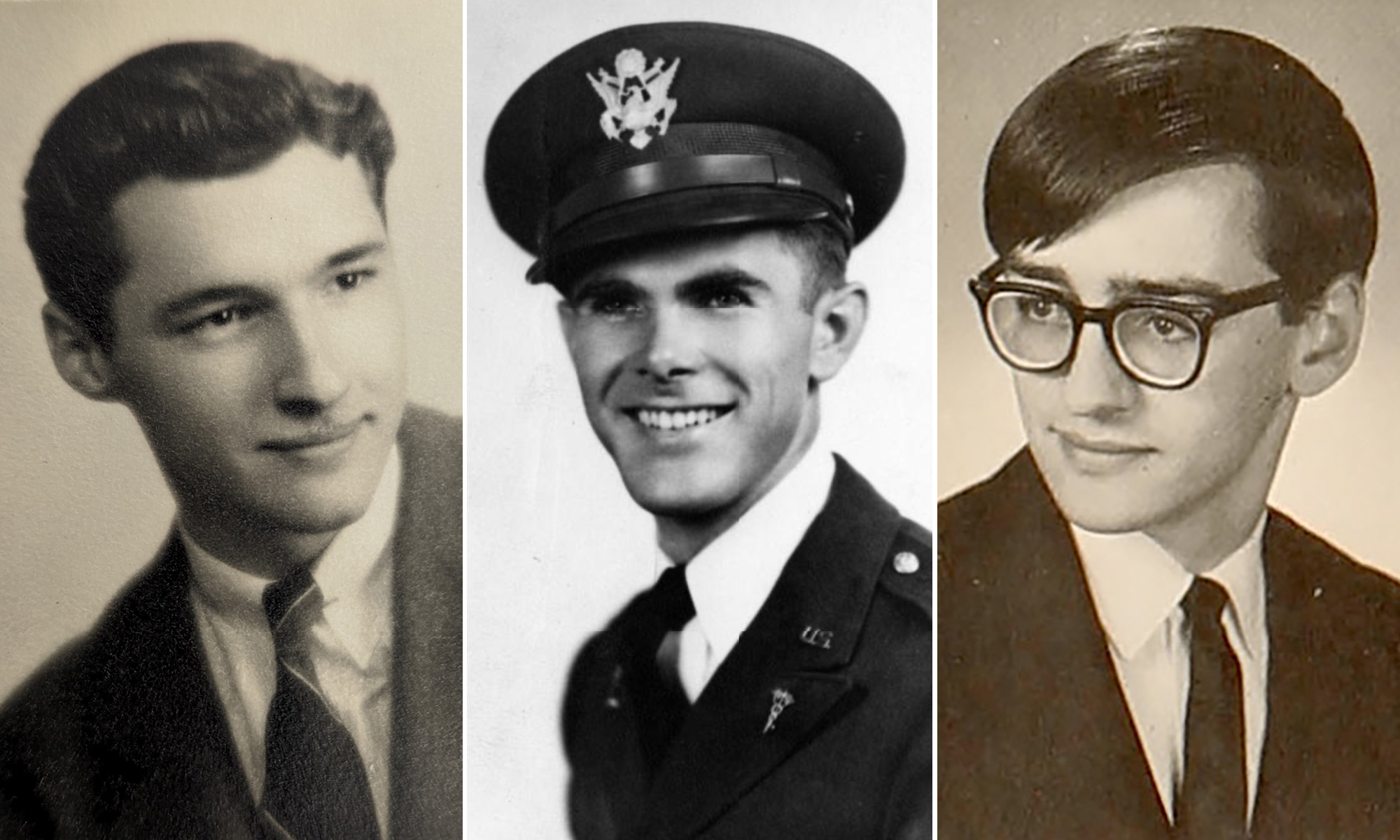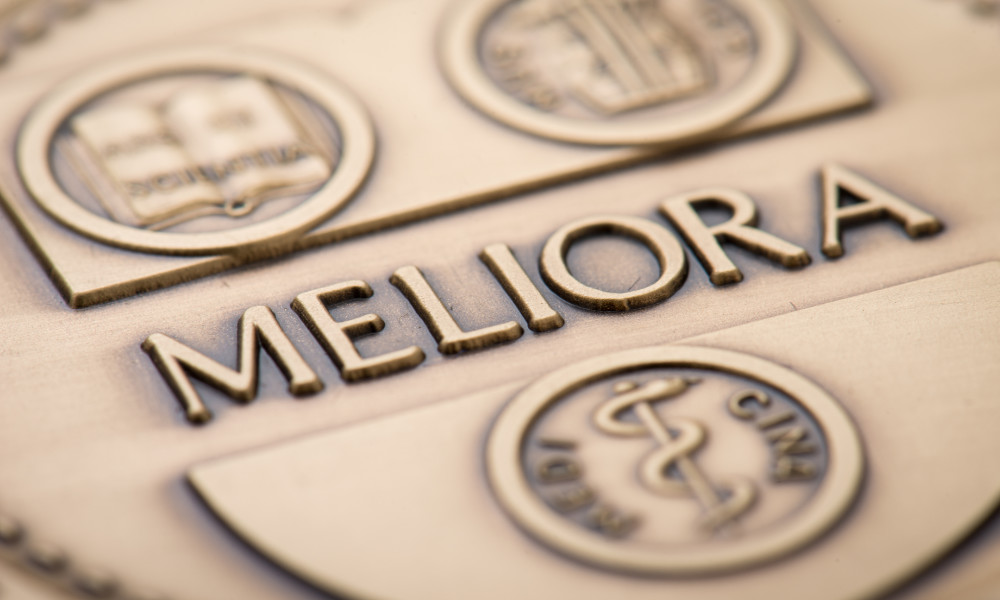If you’ve ever taken a college history course, chances are good that you prepared a research paper. For many sound reasons research papers have long been a favored capstone. But, according to Thomas Fleischman, an assistant professor of history at the University of Rochester, there’s one important shortcoming: students write for an audience of just one—their professor.
That’s why Fleischman, an environmental historian, took a different approach last semester in his course on the environmental history of the Erie Canal. In lieu of having his students write a final research paper, the professor and the class teamed up to create a podcast series. The series, Under the Low Bridge, which borrows Thomas S. Allen’s popular Erie Canal folk song “Low Bridge” as its theme music—is part of the history department’s new podcast program Hear UR.
Says Fleischman, “I thought a podcast would offer an opportunity to engage in the traditional skills of historical practice, meaning, research, writing, editing, and crafting a narrative, but also producing something for a broad public audience.”
When it was built 200 years ago, the canal and its extensions brought tremendous prosperity to New York City, New York State, and the East Coast, carrying people and products on the 363-mile stretch from the Hudson River at Albany to the then western frontier in Buffalo.
Listen here for our Quadcast conversation with professor Thomas Fleischman and two of his students—Sophia McRae and Adrian Harwood—about the history class on the Erie Canal and its resulting podcast series Under the Low Bridge.
It also fundamentally transformed the economic history of the United States, says Fleischman.
“It made it from a regional country to a global economic power. In particular, it connected New York City to the vast American hinterland and in doing so, made New York City the most important port in America,” he says.
Yet, like many transformative projects, it came at a cost. It’s a story “about lofty dreams and unexpected consequences,” the students write in their online narrative. The podcast series tackles issues such as the canal’s environmental impact, public disputes, and the detrimental effects on the laborers who built it—all of which Fleischman and his students detail through the lens of environmental history.
The class undertook Erie Canal site visits and spent considerable time poring over original maps, architectural plans, photos, and other canal-related documents at the University’s department of Rare Books, Special Collections and Preservation. They also listened intently to podcasts to find what was worth emulating (and what to avoid)—settling on a version of NPR’s Radiolab.
Together they produced six episodes, with titles such as “Bridging the Gap” about struggling to build an embankment against the natural layout of the land, “to “Canal Fever” about the forgotten laborer’s disease lurking in the muddy waters of the canal.

The feverish title, as Adrian Harwood ’18 explains, has multiple dimensions to it. On the one hand, it points to the economic prosperity that the canal brought to vast regions. On the other hand, it also alludes to the disease experienced by many of the laborers who worked on its construction. While the canal itself brought great wealth to large parts of the country, its workers were subjected to terrible conditions, notes Harwood, an international studies major with a minor in history. Those conditions ultimately fostered the emergence of a malarial disease called ague fever.
Many of the workers were Irish, brought in as cheap immigrant labor. “Generally, most workers wouldn’t get paid until the job was done, and the pay wasn’t great. Sometimes it was whiskey, sometimes it was 30 cents an hour,” says Harwood, who co-produced the “Canal Fever” episode. Ague fever decimated many along the way. “That’s mainly how the contractors viewed the laborers. If they didn’t die, the remainder is what they had to pay.”
The students’ description of the working conditions is graphic, with plenty of sound effects to make their point—from water lapping at the workers’ legs, to the chattering teeth of a fever-ridden laborer.
“In the worst circumstances, Irish laborers were knee deep in a foot of swamp water with their legs swelling from inescapable dampness for 12 to 15 hours a day. The still swamp water that engulfed the workers’ bodies was believed to have contained toxic properties, and when consumed through breath and drink, led to the contraction of ague fever,” Harwood at one point tells his podcast audience.
While the human costs of constructing the canal were high, the public for the most part didn’t seem to notice. Nature protection was on few people’s radar. At the time of the canal’s construction, as well as during its revision in 1911, prevailing attitudes toward the use of land, the students contend in their podcast description, were that “nature was a thing to be altered, to be made into something useful, to be conquered.” Nature inspired awe, and also, fear. “To Americans, these projects represented a bright future where people would no longer have to be subjected to the dangers of the natural world.”
The fifth episode takes a closer look at the building of Genesee Valley Park in 1888 in the center of Rochester—and the conflict that initially arose over the 1910 addition of the Barge Canal that bisects the bucolic park.
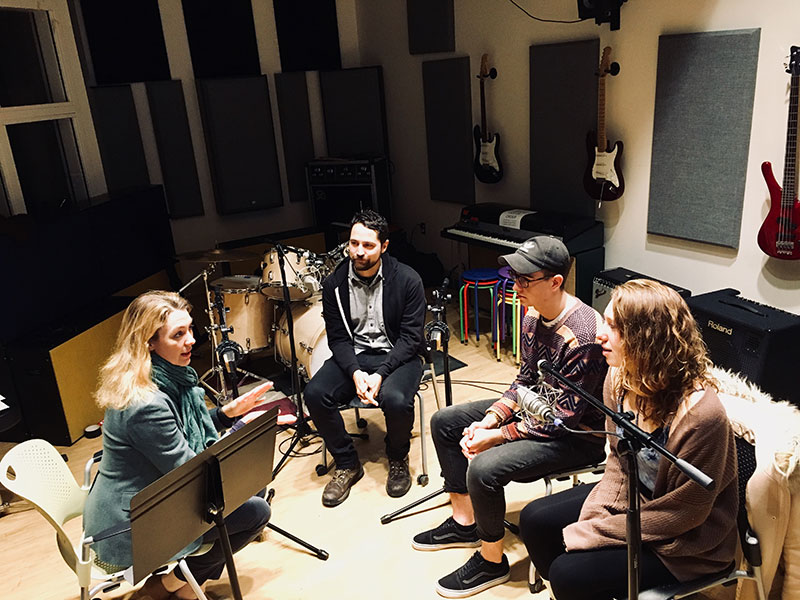
Sophia McRae ’19, a double major in history and environmental humanities, co-produced the “Barging through Conflict” episode, which takes listeners on an auditory tour to the top of a 30-foot rickety wall of iron and wood, with old railroad lines crossing over the canal, pedestrian bridges, a major highway built on top of the site of the original Erie Canal, and now the Rochester airport less than a mile away.
It was “quite stunning to stand on the top of this lock and look out and see that we are at the center of a major transportation infrastructure as well as in the center of a park,” remembers McRae. Looking from the lock across Rochester, the students could see the history of the landscape. “We called it a physical timeline of the last 200 years,” she adds.
McRae’s episode focuses on the problem New York State engineers faced in Rochester: the existing route of the canal through the heart of the city was too small to allow for larger barges to pass through, thereby losing customers (and money) to its rapidly-rising competitor—the railroads. That’s when the engineers floated the idea of an updated barge canal directly through the Genesee Valley Park. Its landscape architect, Frederick Law Olmsted (who also designed New York City’s Central Park) was initially dismayed, says McRae. He had envisioned a “pastoral phantasy” with flocks of sheep, deer, and—yes,—a bear. The railroad tracks that already crossed his park were clearly not part of this vision.
But time had come to shift gears.
“It turned out that Genesee Valley Park was already in a flood plain and was devastated several times by flooding waters. And so, combining the waters of the Erie Canal and the Genesee River actually alleviated a lot of the flooding tendencies,” explains McRae. Simultaneously it put a lot of the railroad tracks out of commission—satisfying both the Olmsted firm and the industrial needs of the barge canal, she notes.
The six episodes form the first season of podcasts from the Department of History. More are to come, promises Fleischman, who admits with real pride that he was somewhat surprised at how well the series turned out. “I was learning along with them,” he says. “Now that I’ve done it, I have seen that it can be successful and I intend to carry it forward.”
Working on these episodes made her see her own city completely differently, says McRae, a Rochester native. “It’s been one of the most enlightening processes of this past semester.”
Season 2 will go into production in the spring term of 2019, promises Fleischman. He already has another compelling topic in mind: the father of modern taxidermy, Carl Akeley, who trained in Rochester. Akeley rose to fame in the early 20th century as the designer of the taxidermied animals in New York’s American Museum of Natural History, after having accompanied former President Theodore Roosevelt on a year-long hunting expedition to Africa.

